Winter sowing is a fascinating method that allows gardeners to start seeds outdoors during the winter months, utilizing the natural elements to promote seed germination. Below are the steps required to embark on this gardening adventure.
How to Start Seeds in Winter:
1. Select Seeds Suitable for Winter Sowing
Choose seeds that are well-suited for winter sowing. Cold-hardy annuals, perennials, and certain vegetables often thrive using this method. Research the specific requirements of the seeds you plan to sow to ensure they will benefit from winter stratification.
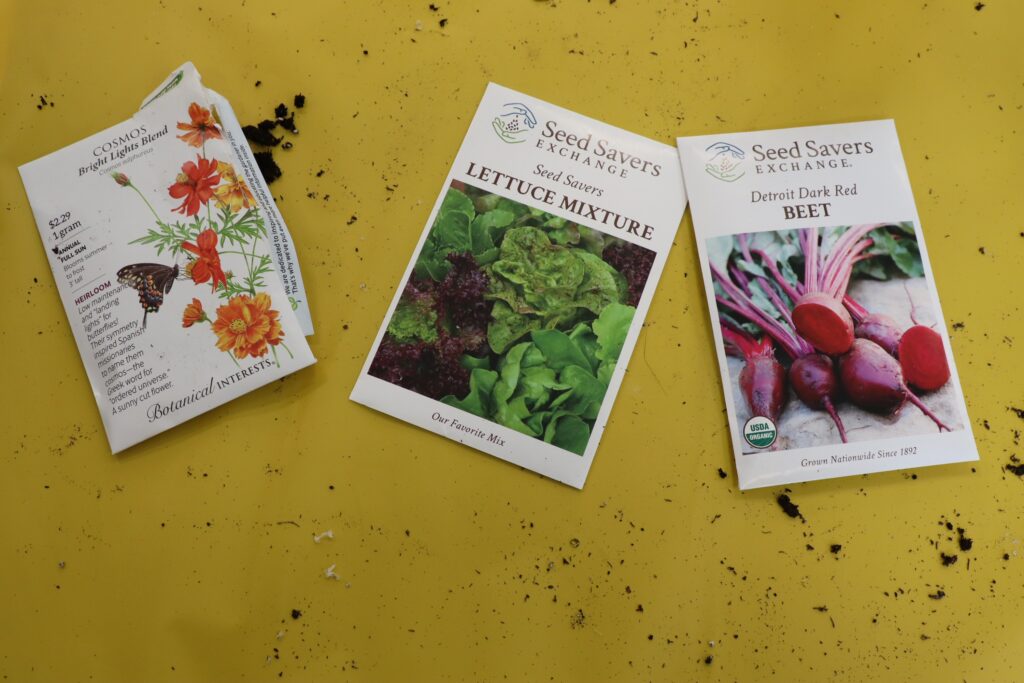
2. Gather Materials
Collect the materials needed for creating mini greenhouses. This typically includes recycled containers such as milk jugs, soda bottles & other containers that are clear or frosted. They need to be tall enough to allow for a few inches or more of seedling growth. Make sure to wash & rinse these containers before use. Also needed are cutting tools, duct tape and waterproof markers.
3. Prepare Containers
Cut the containers, but not all the way; you want to create a hinged top and bottom. The bottom part will serve as the seed tray. Create drainage holes in the bottom for excess water to escape, which will prevent waterlogged soil.
4. Filling Containers
Pre-moisten the soil to a damp consistency but not waterlogged. Fill the bottom half of the containers with soil.
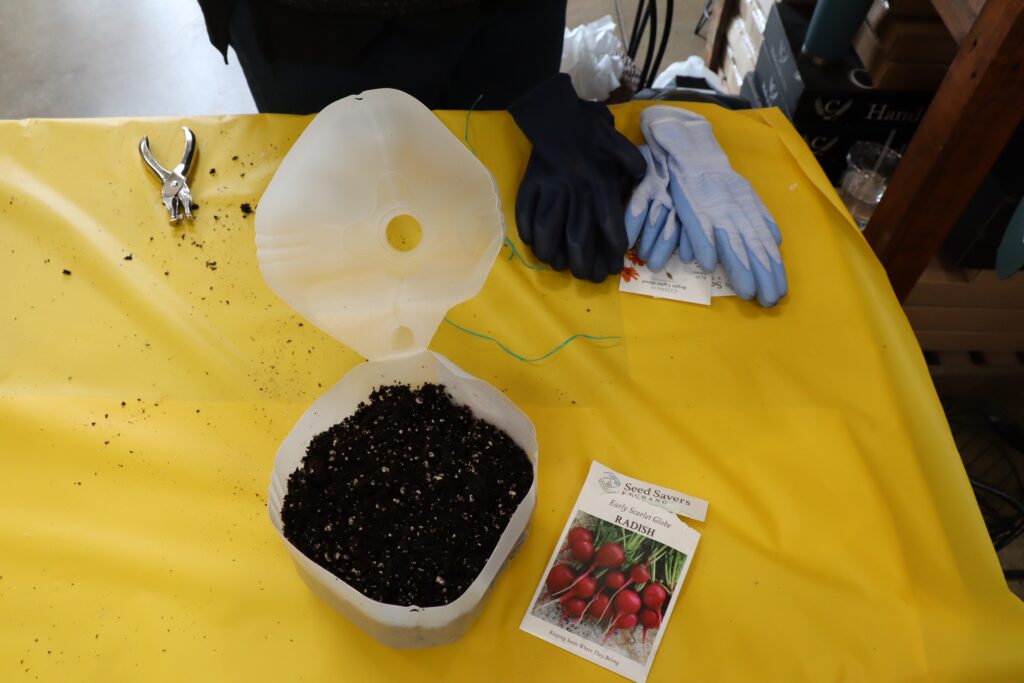
5. Plant Seeds
Sow the seeds according to the recommended depth for each specific plant. Place multiple seeds in each container to account for potential variations in germination rates. Overcrowding is a lesser concern with winter sowing.
6. Label and Seal
Label each container with the type of seeds and the date of sowing. Tape the containers closed; leave the lid off to allow air circulation and moisture to get into container.
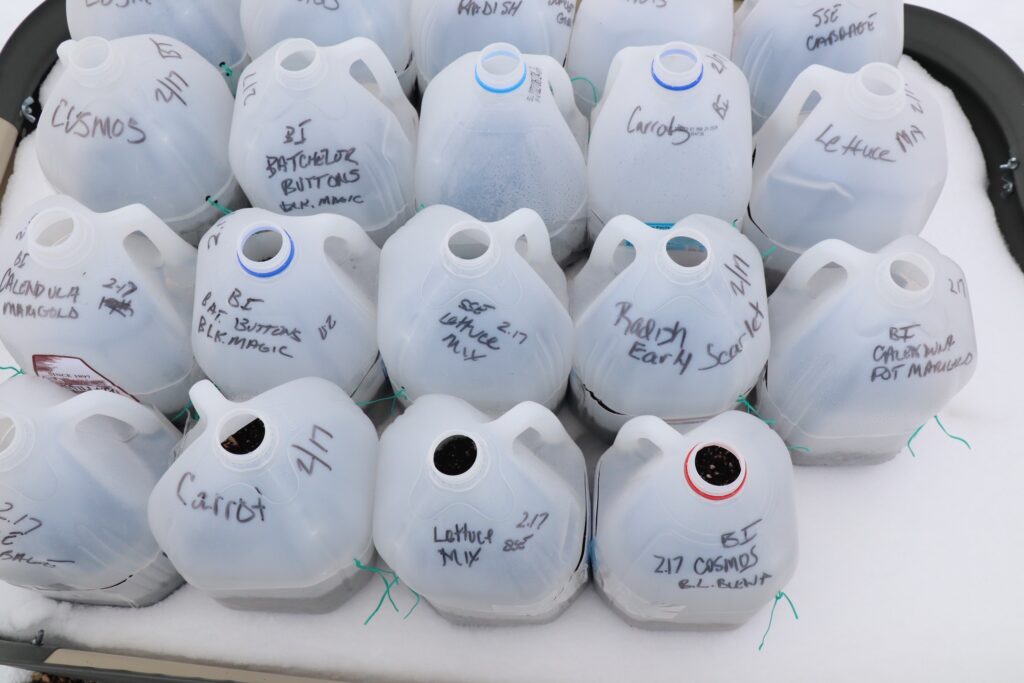
7. Place Containers Outdoors
Position the containers in an outdoor location that receives sunlight during the day. Ideally, place them against a south-facing wall or on the southern side of a building to maximize sunlight exposure.
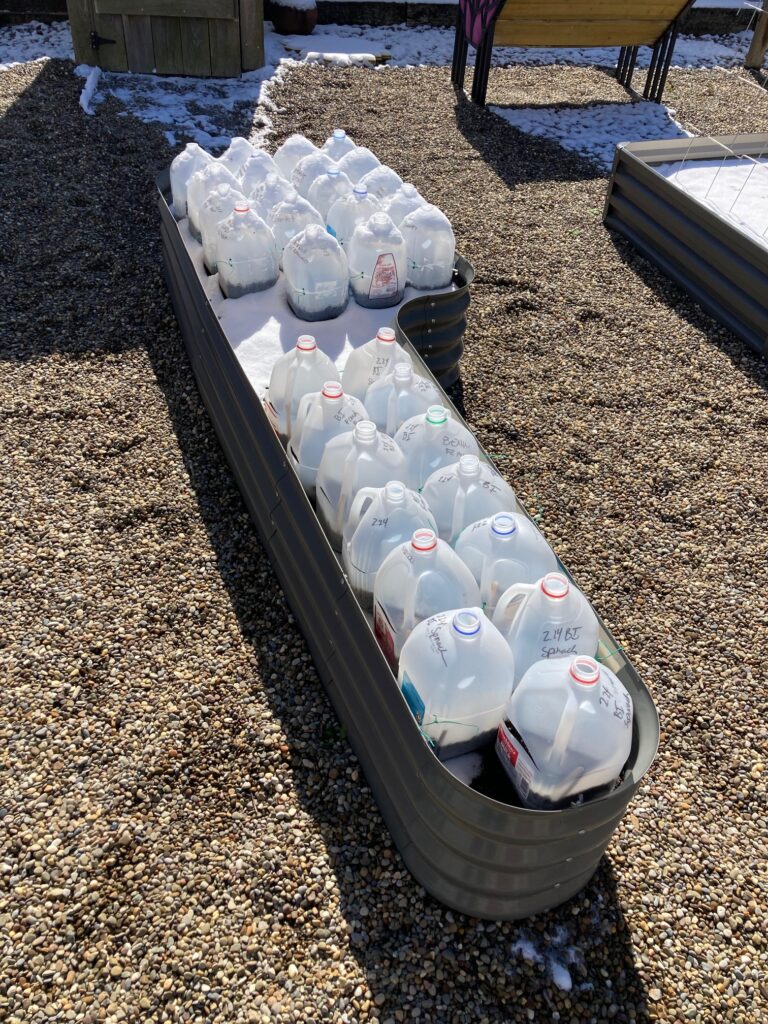
8. Monitor Moisture Levels
Check the moisture levels regularly and water as needed to keep the soil consistently damp but not waterlogged. Winter precipitation may provide some moisture, but depending on your climate, additional watering may be required.
9. Wait for Germination
Be patient and let nature take its course. The combination of cold temperatures and stratification will stimulate germination when the conditions are right.
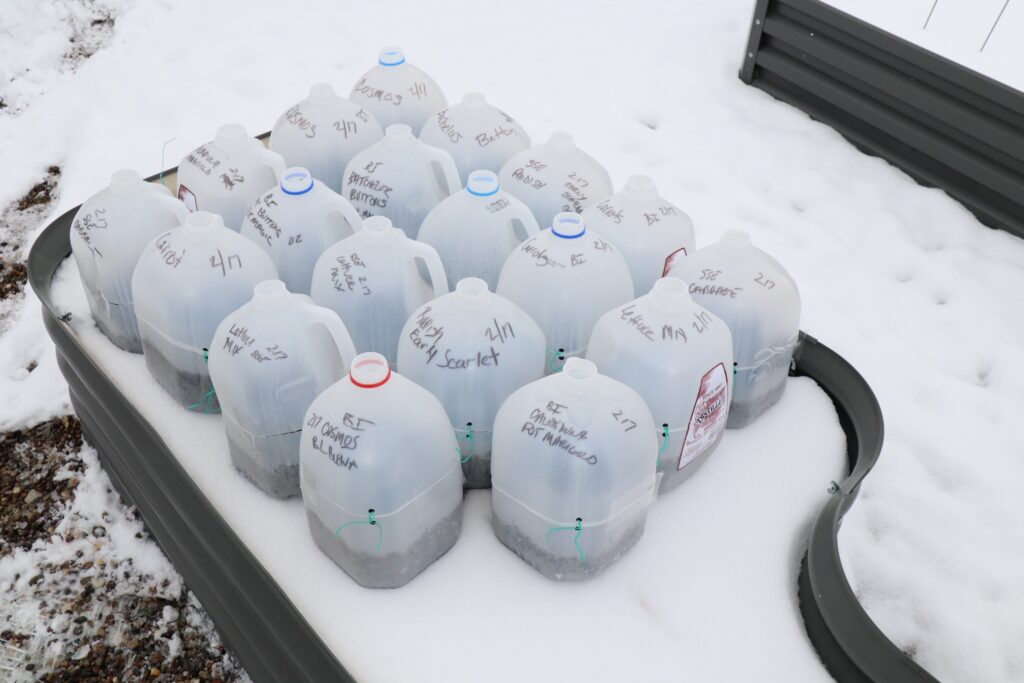
10. Transplant Seedlings
Once seedlings have emerged and weather conditions are favorable, you will be able to open the greenhouse during the day and close it during the cold nights. Once the danger of frost has passed, transplant them into your garden or patio containers.
By following these steps, you’ll be able to embrace the wonders of winter sowing and witness the magic of nature as it unfolds in your own garden, and save money over purchasing flats of flowers and vegetables!


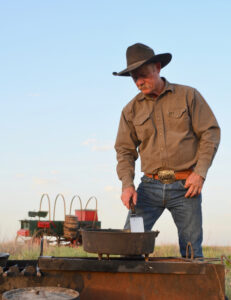







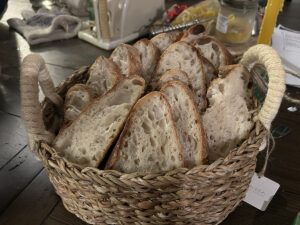

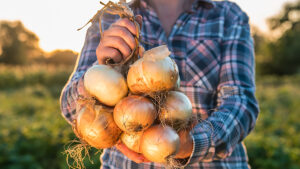


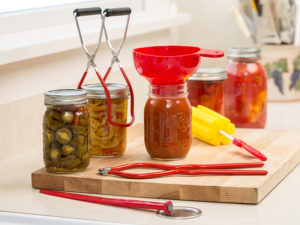

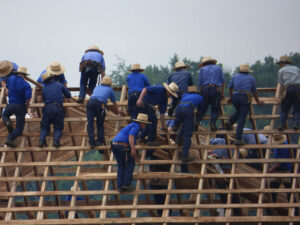




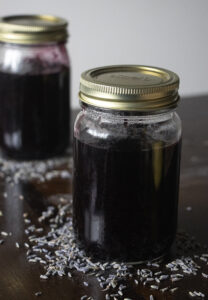
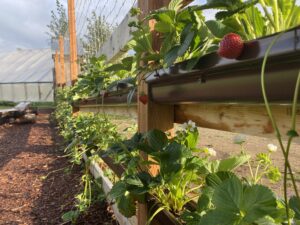

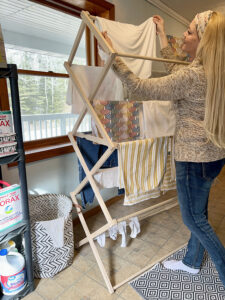




This is great- live in south Texas- something
for jugs – I am going to do this. Thanks.